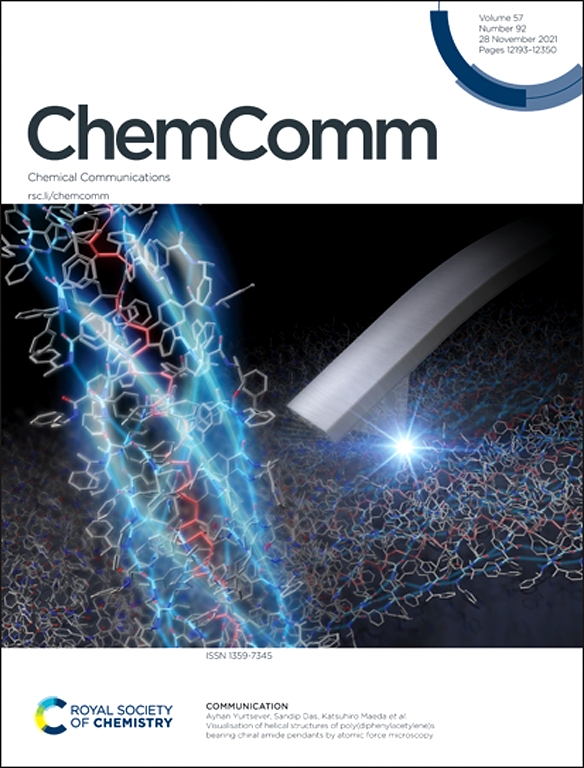提高锌离子电池负极可逆性的电解质添加剂研究进展及展望
IF 4.2
2区 化学
Q2 CHEMISTRY, MULTIDISCIPLINARY
引用次数: 0
摘要
虽然锂离子电池已经取得了广泛的商业成功,但由于锂资源有限,成本相对较高,不适合大规模的能源应用。在这种情况下,水性锌离子电池(azib)已成为有前途的替代品,具有成本效益,优越的安全性和简化的制造过程等优点。然而,azib目前面临着一系列严峻的挑战,包括不受控制的枝晶生长,低锌利用效率和臭名昭著的副反应。为了解决这些问题,在开发创新的电解质配方策略方面进行了广泛的研究工作,由于电解质添加剂的简单性,适应性和特殊的多功能性,因此非常重视电解质添加剂。本文对azib电解质添加剂工程的最新进展进行了全面和系统的分析,强调了azib在解决关键挑战方面的巨大潜力,并对提高性能和可持续性的调节机制、实际应用和未来方向提供了关键见解。并对最新进展进行了深入、全面、系统的总结。总体而言,该综述旨在激发创新研究并加速azib的开发,以用于下一代储能应用。本文章由计算机程序翻译,如有差异,请以英文原文为准。

Recent advances and perspectives of electrolyte additives for enhanced anode reversibility in aqueous zinc-ion batteries
Although lithium-ion batteries have achieved widespread commercial success, they are not suitable for large-scale energy applications due to limited lithium resources and relatively high cost. In this context, aqueous zinc-ion batteries (AZIBs) have emerged as promising alternatives, offering advantages such as cost-effectiveness, superior safety and a simplified manufacturing process. Nevertheless, AZIBs currently face a series of critical challenges, including uncontrolled dendrite growth, low zinc utilization efficiency and notorious side reactions. To address these concerns, extensive research efforts have been made to develop innovative electrolyte formulation strategies, with a strong emphasis on electrolyte additives owing to simplicity, adaptability and exceptional versatility. This review provides a comprehensive and systematic analysis of recent advancements in electrolyte additive engineering for AZIBs, highlighting their immense potential in addressing key challenges and offering critical insights into regulation mechanisms, practical applications and future directions for advancing performance and sustainability. Furthermore, an in-depth comprehensive and systematic summary of the latest advancements is provided in detail. Overall, this review aims to inspire innovative research and accelerate AZIBs development for next-generation energy storage applications.
求助全文
通过发布文献求助,成功后即可免费获取论文全文。
去求助
来源期刊

Chemical Communications
化学-化学综合
CiteScore
8.60
自引率
4.10%
发文量
2705
审稿时长
1.4 months
期刊介绍:
ChemComm (Chemical Communications) is renowned as the fastest publisher of articles providing information on new avenues of research, drawn from all the world''s major areas of chemical research.
 求助内容:
求助内容: 应助结果提醒方式:
应助结果提醒方式:


